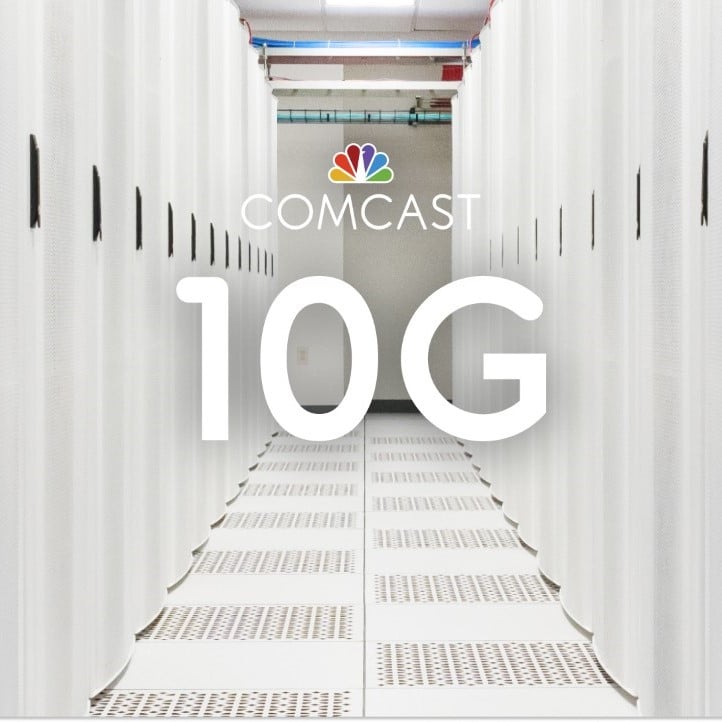Cable industry network upgrades have a lot of moving parts. Accordingly, Comcast has been announcing its network upgrades in bits and pieces. The latest news comes in a blog post today touting a breakthrough the company says it made in distributed access architecture (DAA) late last year.
Distributed access architecture (DAA) involves virtualizing the cable modem termination system (CMTS) and distributing that functionality throughout the network. The vCMTS is designed to support broadband services delivered over either hybrid-fiber coax (HFC) infrastructure or over fiber-to-the-premises infrastructure.
Although Comcast and other cable companies are making major upgrades to their HFC infrastructure to support faster and more symmetrical speeds, they also are deploying fiber broadband in some areas.
The trial that Comcast conducted in December involved moving a Denver fiber broadband customer onto the DAA architecture.
As Comcast Chief Network Officer Elad Nafshi explained in today’s blog post, this was achieved by cutting the customer onto the company’s new vBNG/rOLT (virtual broadband network gateway/ remote optical line terminal).
In a follow-up email in response to questions from Telecompetitor, Nafshi clarified that “the vBNG is a virtualized network function that is deployed and runs in the vCMTS.”
“No changes were required on the customer side to affect this technology,” Nafshi said.
As Nafshi put it in the blog post, “This milestone represents the first time anywhere across the industry where the vision of the converged distributed access architecture has become a reality and is being delivered to live customers.”
In an apparent reference to his pet project, a management platform known as Octave, Nafshi added that “We’re building a single, brilliant network – one capable of unprecedented real time visibility, that leverages [artificial intelligence/ machine learning], that can fix problems before customers are even aware.”
In the blog post, Nafshi also offered a few details about Comcast’s fiber broadband plans.
Noting that Comcast plans to “deploy the right network for the right location at the right economics,” he said that for some customers “this means leveraging the connections already in place in their homes, which are typically coax.”
“For others, like those in untapped rural areas or newly built multifamily buildings, it might mean fiber.”
Telecompetitor asked when and where Comcast would deploy HFC in rural areas, but Nafshi’s response was noncommittal.
“This technology and our virtualized digital Xfinity 10G network gives us the optionality to connect our customers’ homes based on the customer needs and deliver multi-gig symmetrical services regardless of the wire that connects the home.”
The cable industry uses the term 10G to encompass a broad range of initiatives, including DAA, that are designed to eventually support speeds of 10 Gbps downstream and 6 Gbps upstream.
